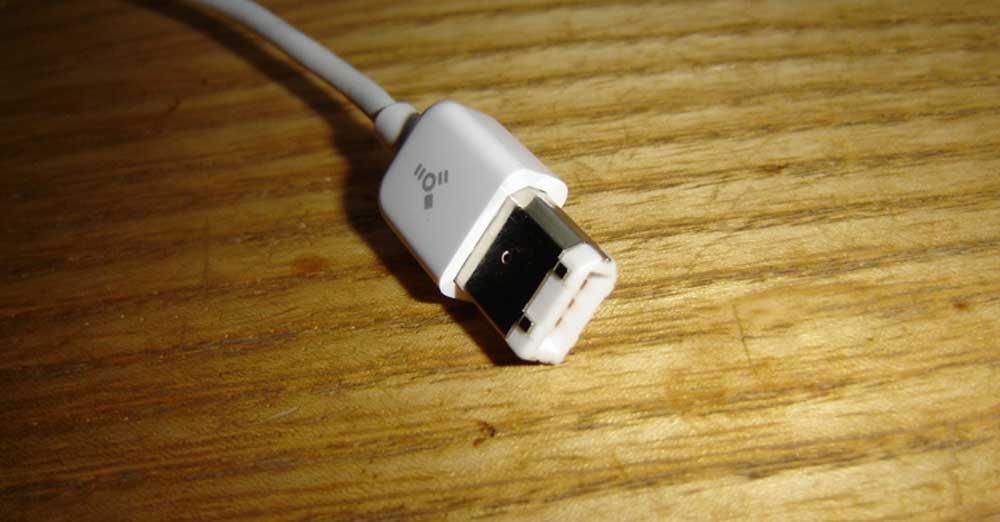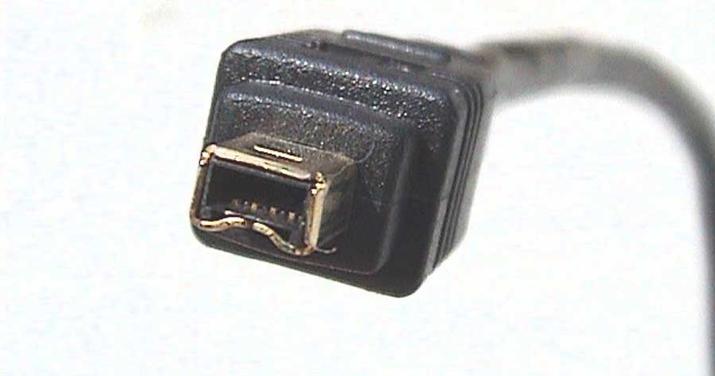The devices that you use in your day to day have all kinds of ports where we connect cables to transfer files, to project the screen. We all know very well the USB or HDMI port that we use every day, but they are not the only ones. There is also FireWire or IEEE 1394, a type of connection that we also find in multiple devices and that we will talk about in the next few paragraphs if you want to know what this port is for.
There are many ports on computers, cameras, televisions or even on video game consoles and one of the ones we find is FireWire or officially called IEEE 1394. The first thing we must be clear about is that this port is commonly called FireWire but its technical name is IEEE 1394 so we will refer to it in one way or another in the next few paragraphs. Also, other brands use this port by another name: Sony uses iLink in consumer and electronics applications, for example.

What is IEEE 1394 and how did it arise?
The IEEE 1394 port or FireWire port is a type of input and output connection that seeks to communicate high-speed multimedia devices. As with the USB port, it allows us to transfer serial data and it is likely that you will see it in some devices such as printers or digital cameras, although it is not as common due to the expansion of USB and this being the most used. Especially in Europe.
It was the Apple company that was in charge of designing this port in the eighties. Created in 1986 at the Institute of Electrical and Electronic Engineering (IEEE for its acronym) Although this port was being prepared in the eighties, it was officially launched in the mid-nineties. Why does it have two names? The standard or technologies is called IEEE 1394 but each company that used the standard to create its version gave it a name. Apple called this type of connection FireWire, which was originally popularized among Cupertino brand computers.

It was a port that promised to change the way of transferring files, but it failed to compete with the popular USB today, since it offered us some improvements or features such as being able to obtain power from the devices, for example.
FireWire features and versions
FireWire refers to IEEE 1394 but several later versions came along. Specifically, there are four versions, although the first two are the most popular: FireWire (IEEE 1394), FireWire 800 (IEEE 1394b), FireWire s800T (IEEE 1394c), and FireWire S1600 and S3200. The first two are especially relevant, although with different characteristics in each of them relative to the speed reached by this port. Also, change the port between 400 and 800 with different pins.
The speed of IEEE 1394 was 400 Mb/s and version 800 bet on a total of 786.5 Mb/second. The first is a version with six pins and in FireWire 800 a nine-pin connector was chosen instead of six, improving speed and also allowing greater cable distance: up to 100 meters.

News and uses
The FireWire port was innovative when it came onto the market and was used by large companies, but today it is not common for us to find this port and it has been almost completely replaced by the USB that we see in all our everyday devices.
The normal thing today is that you find it on some video devices, sound equipment, some DVD drives, for example, or on external hard drives.















